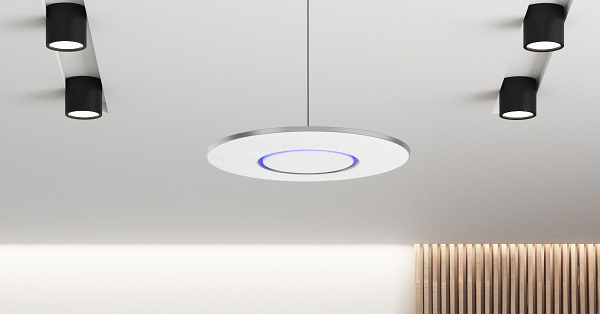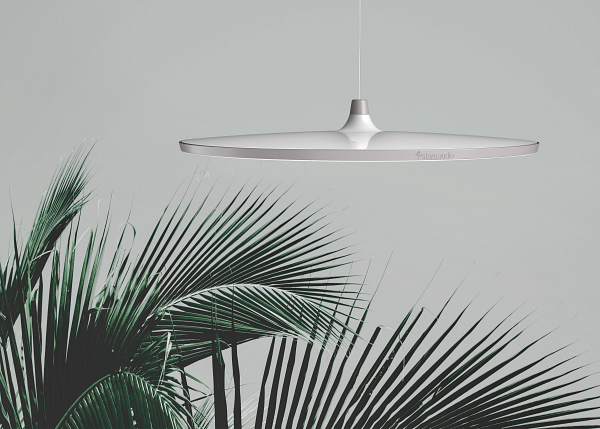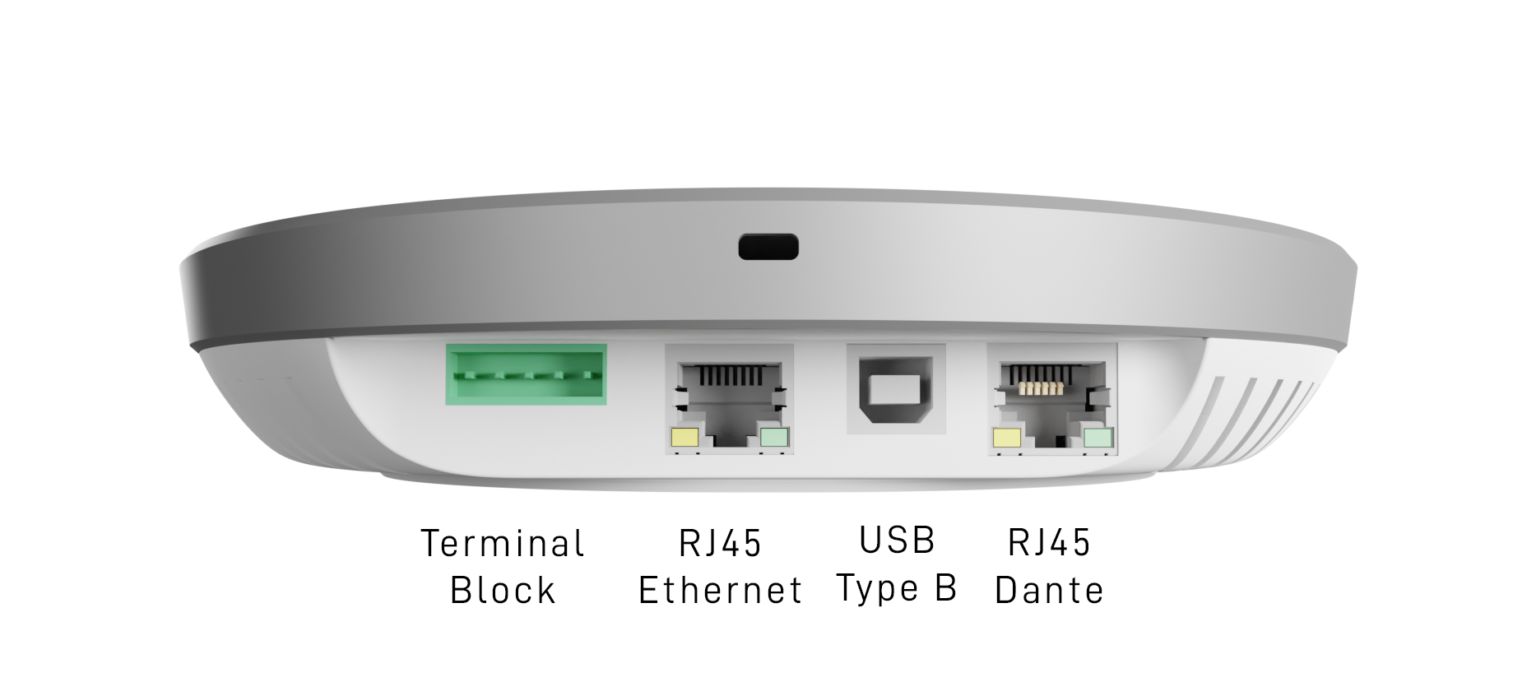4 Features Of A Hybrid Conference Room
The future of work is hybrid, where people can choose where or when they work, as long as work gets done. Businesses that are surfing the waves of this hybrid capability will retain people, win new ones, and create new opportunities unrestrained by geographical boundaries, anywhere in the world.

In the hybrid office of 2022 and beyond, one thing is certain - virtual meetings are here to stay, especially with a cost containment approach. It is now perfectly acceptable to have a local team in a room, communicating effectively with colleagues in remote countries, or to pitch to new partners, investors, and customers anywhere, without ever stepping onto the grounds of an airport yet.
Instead of a turnkey conference audio solution designed for a sole purpose in mind, imagine a fully customizable ecosystem that gives you the freedom to seamlessly blend audio into any room.
These are best practices to set up a great meeting room to meet the future-proof demands of a hybrid workplace. Here are 4 secrets to get you started:
1. Feature-complete conferencing microphone
Technology has taken a quantum leap ahead in audio pickup. Look for a conferencing microphone that can pick up audio effectively from all corners of a conference room, no matter where he or she may be.
Such an innovation can be found in solutions such as the Shure Stem Ceiling, an innovative microphone that can be discreetly mounted on the ceiling of your conference room. Embedded in a sleek and low profile design are 100 microphones for excellent voice pick up from anywhere in the room. Depending on the size of the room and how many people you want to include, three beam options (wide, medium and narrow) are available for your selection. An audio fencing feature further improves voice clarity by blocking out noise outside of the fence from being heard by the remote conference call participants, so that remote callers hear only the voices of participants in the meeting.

2. Modular devices means agile reconfiguration
The rise of hot-desking and the current crisis has revolutionized many workplaces, where the old perks of bean bags, ping-pong tables, voluminous buffets of sandwiches and confectionery, may be replaced with more fluid and adaptable configuration that can be changed anytime, including that of mental well-being readiness. So, a conference room today may be reconfigured to be a hot-desking room when a new urgent project arises, or it may be reconfigured in the same afternoon to be a meditation or yoga space.
It is therefore important to look for technologies that make light work of reconfiguration. The 2010s era of technology are now replaced by technology for anyone, and devices, including that of conference devices, are now able to self-configure at the push of a button, adapting to your requirements at this point in time. How? Such a technology listens to your voice and the ambient sounds in the room, measuring the reverberation to derive the acoustics, generating a heatmap to illustrate the expected audio quality in different parts of this room, such as those found in Stem RoomCheck when connected to a Shure STEM Audio device. There is no need for expertise or additional costs, and you can do this anytime your room is reconfigured, or if two partitioned rooms are joined to form a larger space.
3. Easy-peasy, no PhD needed
Traditional technologies may have mandated the need for external expertise to get you started. Your users may have needed formal training sessions to even get past the devices' buttons and screens, especially where staff turnover is high. All these challenges mean that some conferencing systems become unused ornaments, and continue to be a hassle for staff to clean them frequently as months go by.
Worse, many offices have disparate devices from different manufacturers, where some may already be showing their antiquity in the 21st century. Look for options that you can install, set up, and connect to your existing office network on your own, all without the need to flip through however few pages of a manual, with the ease of a smartphone or tablet. Such a system should interoperate with any video conferencing platform of your choice, from Zoom, Microsoft Team, to Google Meet, etc. Such a system should take care of your business and be a cinch to manage, integrating seamlessly with your network and running self-diagnoses to keep itself humming along.
4. Less is more
Cables are unsightly, and can trip people and coffee cups over. Look for a conference technology that merges all the cables into a single, elegant Power over Ethernet (PoE+) cable for both data and power. A PoE+ conference technology is neat and sturdy, does not even need an electrician, saving time and costs.
All Shure Stem devices are made with both form and function in mind, and come ready with PoE connectivity for power.
Whether you are the founder of an emerging startup, an office manager juggling both tech and HR, or an IT manager with many conference rooms to manage, you are looking to achieve more with less. And what would such a conference technology look like? Easy to install and manage, easy to use by anyone with no expertise needed, and is agile to be reconfigured any time, anywhere.





